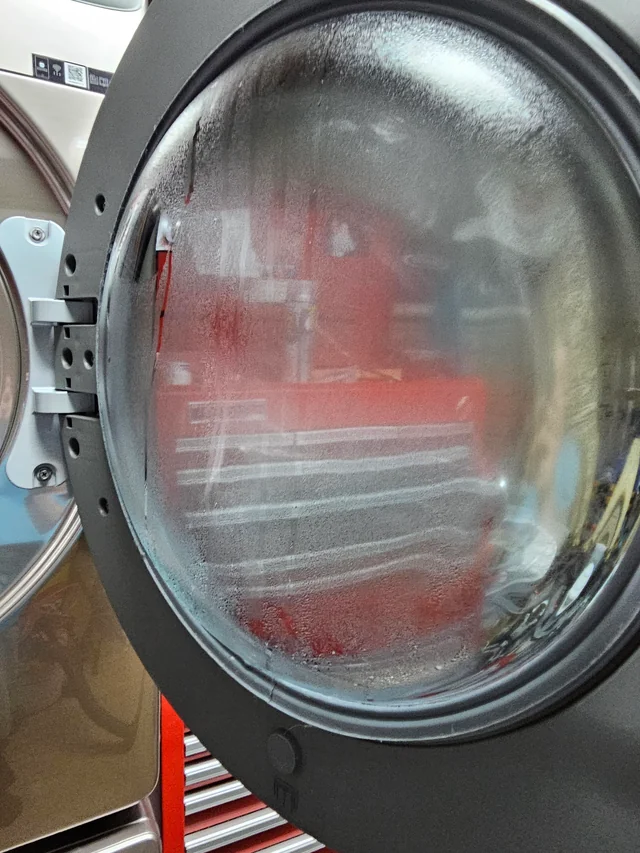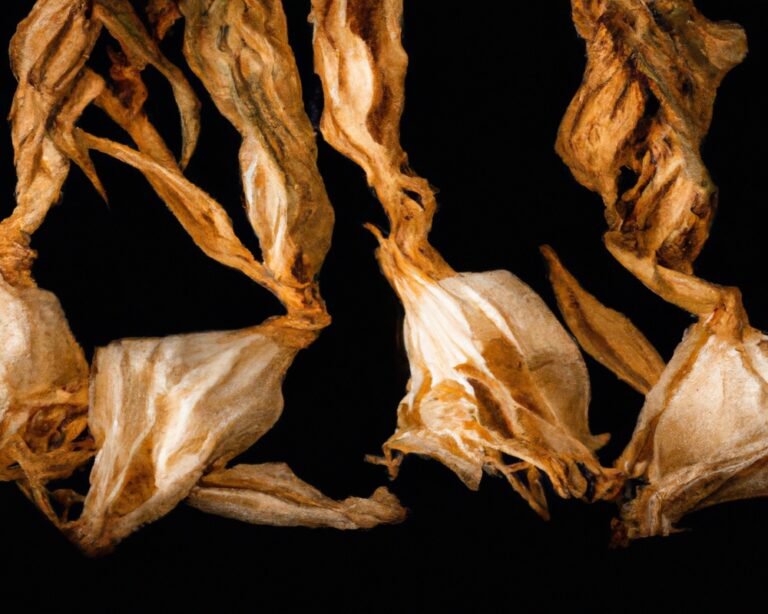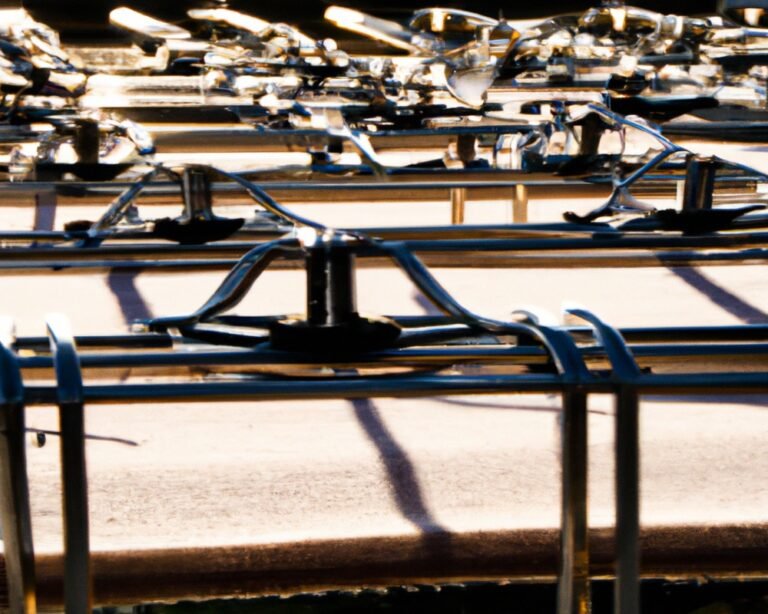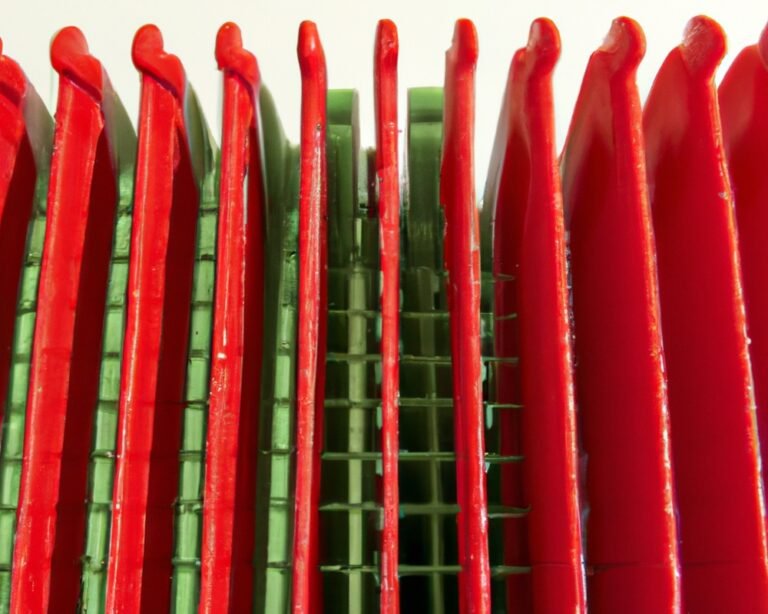Is Condensation In Dryer Dangerous?
In our quest to keep our clothes fresh and dry, we often take our appliances for granted. One such appliance is the dryer, a true workhorse in most households. But have you ever noticed condensation forming in your drying clothes? Is it something to be concerned about? In this comprehensive article, we will delve into the topic of condensation in dryers to understand whether it poses any dangers and what you can do about it.
Why there is Condensation in Dryer?
To begin, let’s delve deeper into the concept of condensation in dryers. When you run a load of wet clothes in the dryer, the machine heats up to evaporate the moisture from the garments. This moisture then turns into steam. However, when the steam comes into contact with a cooler surface, like the walls or door of the dryer, it condenses back into water droplets.
why is my dryer wet inside?
Your dryer may be wet inside due to condensation, ventilation issues, a faulty door seal, overly wet clothes, duct problems, a malfunctioning heating element, or improper settings. To resolve this, clean the vent and duct, check the door seal, avoid overloading with wet clothes, ensure the heating element works, and use the correct drying settings. If the problem persists, consult a professional technician for assistance.
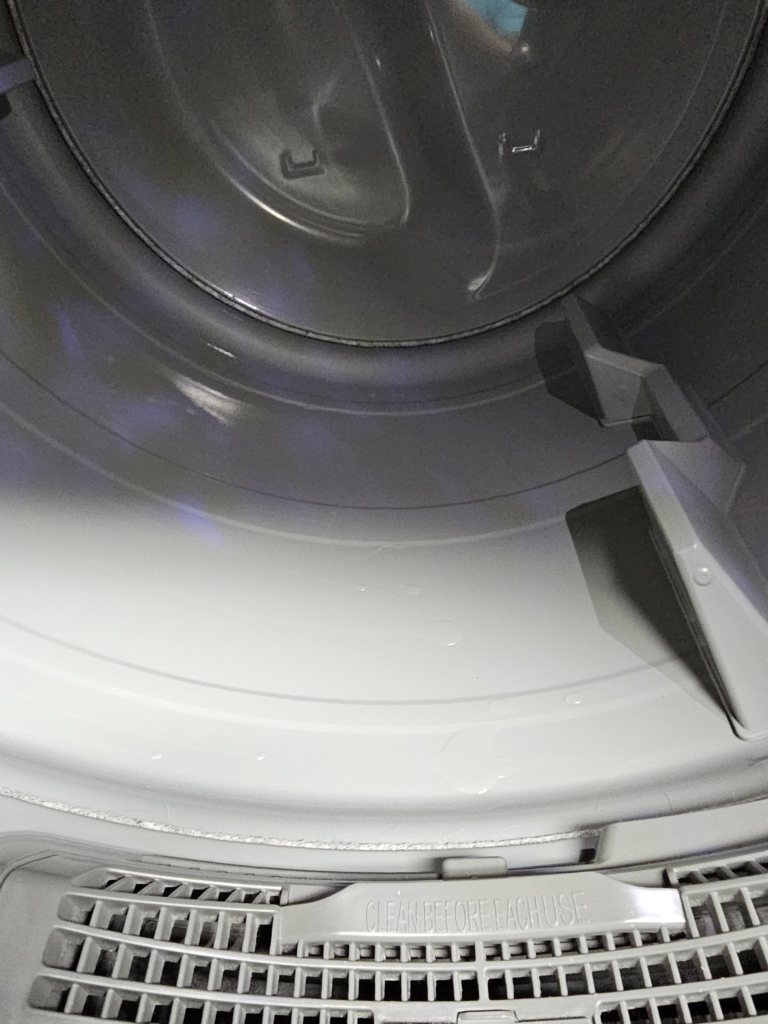
Is Condensation In Dryer Dangerous?
No, Condensation in a dryer is generally not dangerous in itself. However, it can lead to potential issues such as mold growth, electrical problems, and damage to the dryer’s components if not managed properly. It’s important to understand the causes of condensation and take preventive measures to ensure safe and efficient dryer operation.
what are The Potential Dangers?
Now, let’s address the crucial question: Is condensation in your dryer dangerous? The answer is not a simple yes or no but depends on various factors and potential consequences.
1. Mold and Mildew Growth
One significant danger of condensation in a dryer is the risk of mold and mildew growth. The moisture from condensation can create a conducive environment for these fungi to flourish, leading to unpleasant odors and potential health hazards. Mold spores can become airborne, potentially causing respiratory problems.
2. Electrical Issues
Condensation can also pose a risk to the electrical components of your dryer. Water and electricity don’t mix well, and prolonged exposure to moisture in dryer can lead to shorts or malfunctions in the electrical system. This not only compromises the dryer’s performance but also presents a safety hazard.
3. Rust and Corrosion
The metal parts of your dryer, such as the drum and the interior, can be susceptible to rust and corrosion if they are frequently exposed to moisture due to condensation. This can affect the longevity of your appliance and potentially lead to costly repairs or replacement.
what are the Factors That Influence Condensation?
Several factors can influence the extent of condensation in your dryer and its associated risks:
1. Ventilation
Proper ventilation is crucial in reducing condensation. If your dryer is not adequately vented, moisture in dryer may linger inside, increasing the likelihood of condensation. Make sure your dryer has a clear and efficient venting system to expel moist air outdoors.
2. Room Temperature and Humidity
The ambient temperature and humidity level of the room where your dryer is located can significantly affect condensation. A colder, more humid room may lead to more condensation compared to a warmer, drier environment. Consider adjusting your dryer’s placement or room conditions accordingly.
3. Usage Frequency and Load Size
How often you use your dryer and the size of the loads can also impact condensation. Frequent usage with large loads can lead to a buildup of moisture in dryer over time. Managing your laundry routine to minimize these factors can help reduce condensation risks.

how to fix condensation in dryer?
Fixing condensation in a dryer involves addressing the underlying causes and taking appropriate corrective actions. Here are steps to help you resolve condensation issues in your dryer:
- Ensure Proper Ventilation:
- Check that the dryer is properly vented to the outside. A blocked or clogged vent can trap moist air inside the dryer, leading to condensation. Clean the vent regularly to maintain good airflow.
- Inspect the Door Seal:
- Examine the door seal for any damage or wear. If the seal is compromised, it can allow moisture to escape, causing condensation inside the dryer. Replace the seal if needed.
- Load Clothes Correctly:
- Avoid overloading the dryer with excessively wet clothes. Loading it beyond its capacity can hinder proper drying and contribute to condensation. Opt for smaller loads when necessary.
- Check Ductwork:
- Inspect the ductwork connecting the dryer to the outside. Ensure there are no leaks or damage that could allow moist air to escape into the laundry area. Repair or replace the duct if needed.
- Verify Heating Element Functionality:
- Make sure the heating element in your dryer is functioning correctly. If it’s not generating enough heat, clothes may not dry adequately, leading to condensation. If the heating element is faulty, consider replacing it.
- Use the Right Settings:
- Use the appropriate drying settings for your laundry. Different fabrics and loads may require different heat and time settings. Consult your dryer’s manual for guidance.
- Consider a Dehumidifier:
- If you’re dealing with consistently high humidity in your laundry area, consider using a dehumidifier. This can help reduce overall moisture levels and minimize condensation.
- Regular Maintenance:
- Perform regular maintenance on your dryer. Clean the lint trap after each use to ensure good airflow. Periodically clean the interior of the dryer and check for any signs of rust or corrosion.
- Professional Assistance:
- If you’ve tried the above steps and condensation issues persist, it may be wise to consult a professional appliance technician. They can perform a thorough inspection and diagnose any underlying problems that need repair.
By following these steps and addressing the root causes of condensation, you can help ensure that your dryer operates efficiently and effectively, reducing the likelihood of moisture-related issues.
How to Prevent Condensation and Ensure Dryer Safety?
To mitigate the risks associated with condensation in your dryer, consider these advanced preventive measures:
1. Regular Maintenance
Regular maintenance goes a long way in preventing condensation-related problems. Clean the interior of your dryer periodically, inspect for rust or corrosion, and ensure all electrical components are in good condition.
2. Dryer Dehumidification
Consider using a dehumidifier in the same room as your dryer to control moisture levels. This can significantly reduce the likelihood of condensation and help maintain a safe and dry environment.
3. Insulated Dryer Ducts
Upgrade your dryer ducts to insulated ones to prevent the escape of hot, moist air into cooler spaces, which can lead to condensation. Proper insulation keeps the air temperature consistent throughout the duct system.
Conclusion
In conclusion, condensation in a dryer can indeed pose potential dangers, including mold growth, electrical issues, and rust. However, with advanced knowledge and proactive measures, you can minimize these risks and ensure the safe and efficient operation of your dryer. Staying vigilant, maintaining your dryer, and optimizing its environment are key to dryer safety and longevity.
FAQ condensation in dryer
1. Can condensation in the dryer lead to health problems?
Yes, condensation can lead to mold and mildew growth, which may cause respiratory issues and allergies.
2. Is professional cleaning necessary to prevent condensation in my dryer?
While not always necessary, professional cleaning ensures thorough maintenance, especially if you encounter persistent condensation issues.
3. Can condensation in the dryer impact the quality of my laundry?
Yes, excess moisture in the dryer can result in damp, musty-smelling clothes, affecting laundry quality.
4. Are there specialized dehumidifiers for dryer rooms?
Yes, certain dehumidifiers are designed for laundry rooms and can effectively control humidity levels near your dryer.
5. Is it safe to use a fan for better ventilation around the dryer?
Yes, using a fan to enhance ventilation can disperse moist air, reducing the risk of condensation. However, ensure proper electrical safety measures when using appliances near your dryer.

